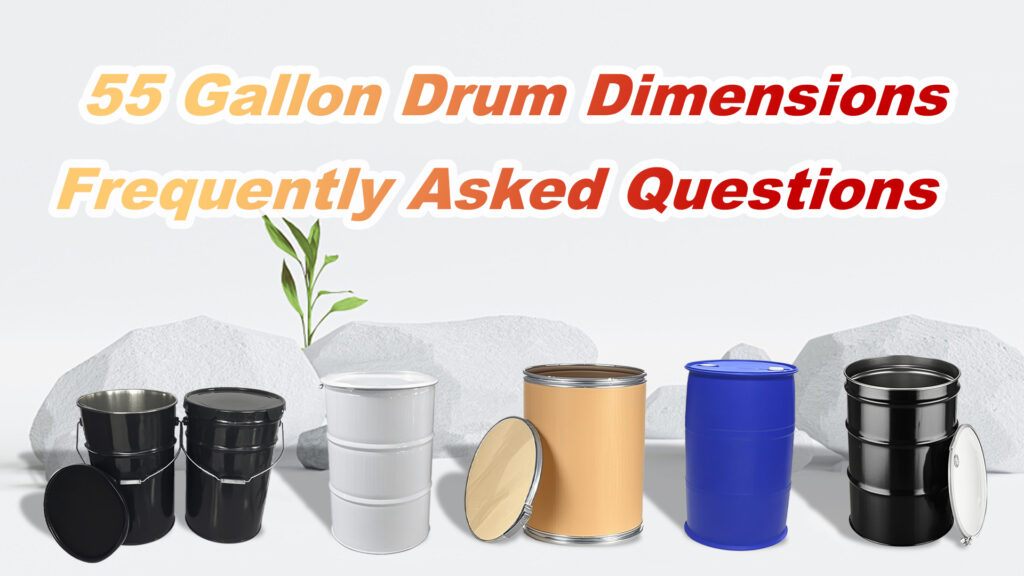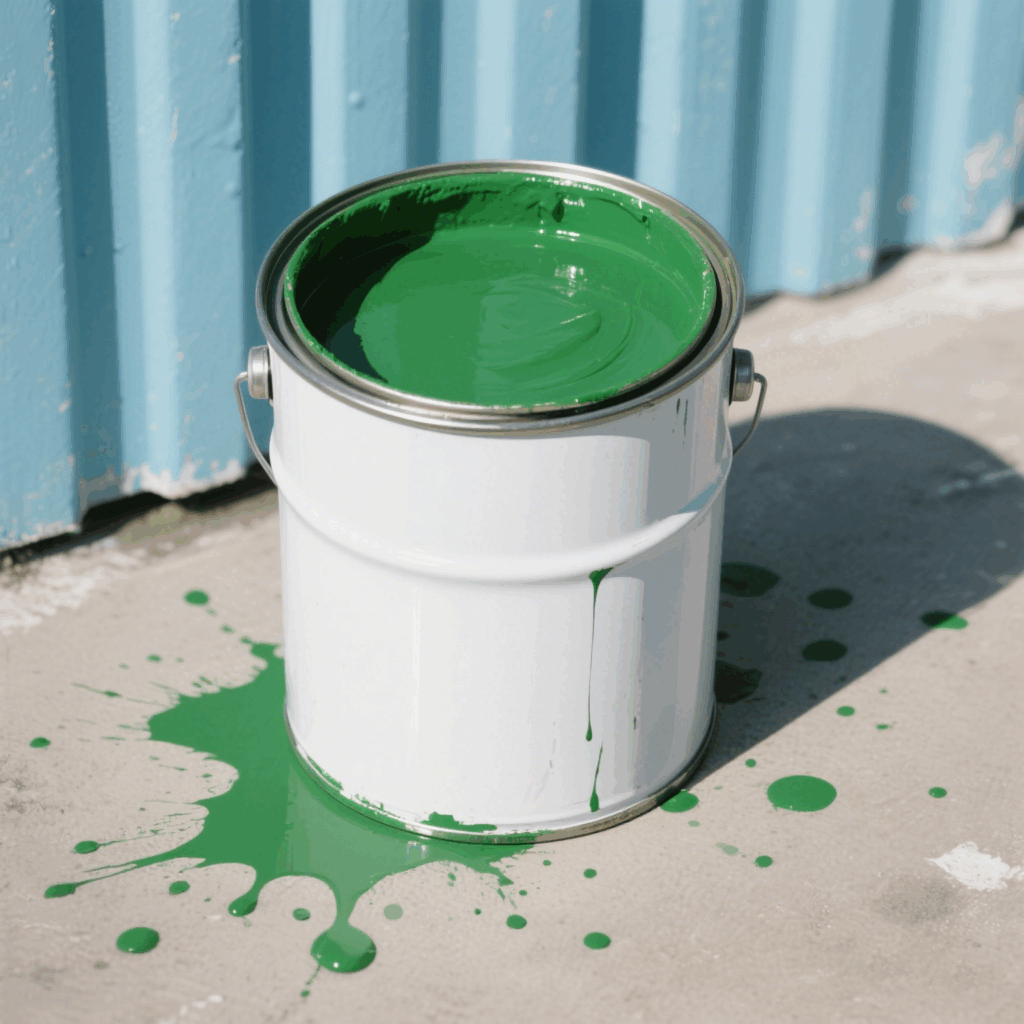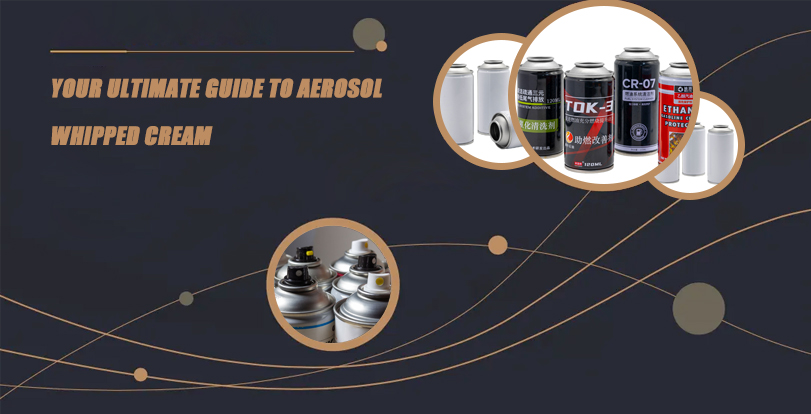PU foam spray aerosol is one of those game-changing products that once you’ve used it, you wonder how you ever managed without it. Whether you’re a homeowner trying to seal drafty windows, a professional contractor insulating a building, or a DIY enthusiast working on a creative project, PU (Polyurethane) foam spray has likely earned a spot in your toolkit. This guide is written for users like us—people who value clear, practical, and comprehensive information. So if you’re wondering how PU foam works, how safe it is, whether it expires, or how to choose the right one, this is the one-stop resource you’ve been looking for.
What Is PU Foam Spray Aerosol?
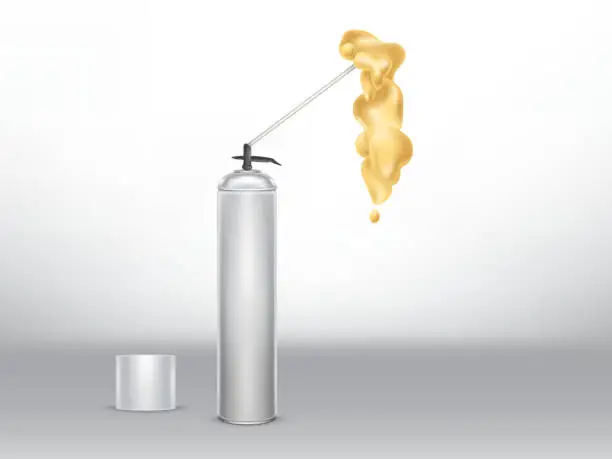
PU foam spray aerosol is a pressurized can containing polyurethane foam. Khi phun, it expands and hardens to form a strong, durable, and insulating foam. It is commonly used for:
-
Filling gaps and cracks
-
Sealing joints around windows and doors
-
Insulating walls, pipes, and roofing
-
Soundproofing rooms
-
Waterproofing areas in construction
PU foam aerosol is valued for its ease of application, high insulation value, and versatility in construction, maintenance, and home improvement tasks.
A Brief History of PU Foam
Polyurethane itself was invented in the late 1930s by German chemist Otto Bayer. The foam variant of polyurethane started becoming commercially popular in the 1950s, initially used for cushioning and insulation. Spray foam insulation entered the mainstream construction industry in the 1970s and 1980s, evolving in formulation and delivery systems.
By the late 1990s and early 2000s, the introduction of portable aerosol cans allowed PU foam to be applied easily by non-professionals. That democratized its use across households and small businesses, turning it into an everyday solution for sealing, insulating, and repairing.
How PU Foam Spray Works
When you press the nozzle of a PU foam aerosol, two components (polyol resin and isocyanate) mix and react with each other. As they are released from the can, they expand by reacting with moisture in the air. Within seconds, the foam starts to grow, filling any cavity it’s sprayed into.
The curing process usually takes anywhere from 1 ĐẾN 24 giờ, depending on the formulation and ambient conditions. Once hardened, it becomes durable, waterproof, and resistant to temperature variations.
Common Uses and Applications
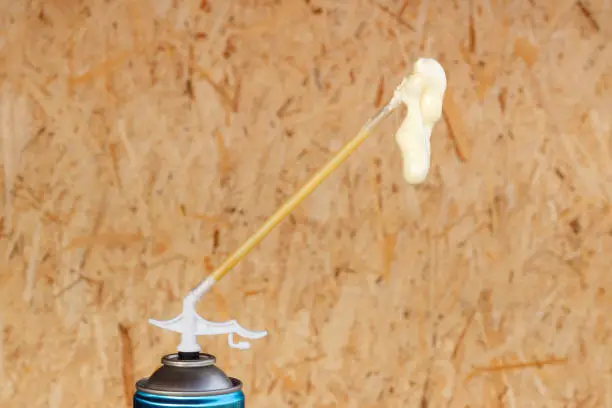
Here are the most frequent and practical ways PU foam spray is used in day-to-day situations:
1. Insulation
-
Great for filling voids in walls, attics, or crawl spaces
-
Increases thermal resistance (R-value)
-
Reduces heating and cooling bills
2. Sealing Gaps and Cracks
-
Ideal for air leaks around window and door frames
-
Keeps insects, drafts, and moisture out
3. Pipe Insulation
-
Protects plumbing from freezing
-
Reduces noise and vibration in pipework
4. Soundproofing
-
Effective in creating acoustic barriers in residential and commercial spaces
5. Waterproofing and Leak Prevention
-
Around roof joints, exterior gaps, and deck joists
6. Crafts and Model Making
-
Used in sculpture, stage design, and even cosplay for creating lightweight and robust forms
Safety of PU Foam Spray
Safety is paramount when using chemical-based products, especially aerosols. Here’s what you need to know:
Is PU Foam Spray Safe?
Đúng, but only when used properly. PU foam contains isocyanates, which can irritate the skin, eyes, and lungs if inhaled in significant quantities. That’s why:
-
Ventilation is crucial—Always use in a well-ventilated area.
-
Mặc thiết bị bảo vệ—Gloves, goggles, and a mask are recommended.
-
Avoid skin contact—It sticks and is hard to remove once cured.
-
Keep away from heat sources—As an aerosol, it is flammable in its uncured state.
Post-Curing Safety
Sau khi được chữa khỏi, PU foam is inert and non-toxic. It doesn’t emit dangerous fumes and is considered safe for indoor environments. It is also mold-resistant and does not degrade under normal atmospheric conditions.
Shelf Life and Expiration
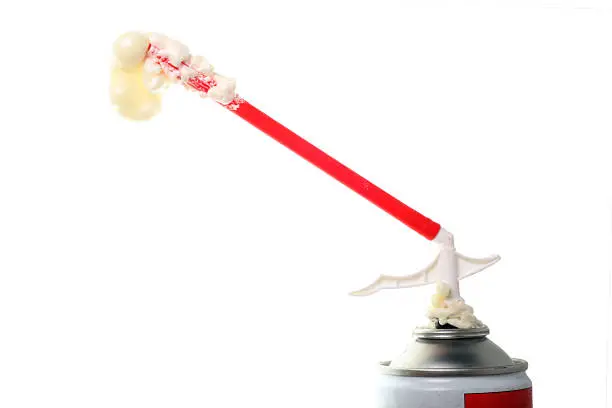
Does PU Foam Expire?
Đúng, like most chemical products, PU foam spray does expire.
Typical Shelf Life
-
12 ĐẾN 18 months from the manufacturing date
-
Expiration is usually printed on the bottom of the can
Signs It’s Gone Bad
-
Poor expansion or no foam output
-
Discoloration of foam
-
Separation of contents inside the can
-
A clogged or hardened nozzle even before use
Tip: Store cans upright in a cool, nơi khô ráo, ideally between 10°C to 25°C (50°F to 77°F).
What to Consider Before Buying
Not all PU foam sprays are created equal. Here’s what to look for:
1. Thời gian chữa bệnh
-
Fast-curing foam: Ideal for quick jobs
-
Slow-curing foam: Allows more flexibility for reshaping or smoothing
2. Expansion Rate
-
High-expansion foam: Best for large gaps and cavities
-
Low-expansion foam: Ideal for window and door frames where pressure could warp the material
3. Gun-Grade vs. Straw-Grade
-
Gun-grade: Requires a separate applicator gun, offers more control and precision
-
Straw-grade: Comes with an attached plastic straw, more convenient for occasional users
4. Fire Resistance
-
Choose a fire-retardant formula for high-risk areas
5. Water Resistance
-
For outdoor or humid applications, waterproof formulations are crucial
6. Open-Cell vs. Closed-Cell
-
Open-cell: Softer, better for soundproofing
-
Closed-cell: Harder, provides better moisture and thermal insulation
How to Apply PU Foam Spray
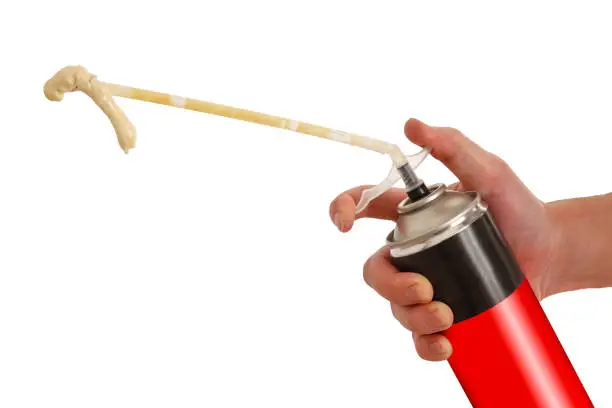
Step-by-Step Instructions:
-
Shake the Can Thoroughly
-
Shake for at least 30 seconds
-
-
Attach the Nozzle or Gun
-
Ensure a tight fit to prevent leaks
-
-
Xịt thử
-
Always spray a test bead on scrap material
-
-
Spray at a 45-Degree Angle
-
Fill only 50% of the gap; the foam will expand to fill the rest
-
-
Let It Cure
-
Tiêu biểu 1 ĐẾN 8 hours depending on formulation
-
-
Trim Excess
-
Use a utility knife once the foam is hard
-
-
Paint or Seal if Needed
-
Cured foam can be sanded, painted, or covered
-
Cleanup and Disposal
-
Uncured foam: Clean with acetone or a specialized PU foam cleaner
-
Cured foam: Must be physically cut or scraped off
-
Disposal: Follow local hazardous waste disposal guidelines; do not puncture or burn empty cans
FAQs About PU Foam Spray
Q1: Can PU foam be used on wet surfaces?
KHÔNG. Surfaces should be clean, khô, and dust-free for best adhesion.
Q2: Can it be sanded or painted?
Đúng. Sau khi được chữa khỏi, PU foam can be trimmed, sanded, and painted to match the surrounding material.
Q3: Is it reusable after opening?
Some brands include a reusability feature, but most straw-type cans are single-use. Gun-type cans are more likely to allow reuse.
Q4: Can it be used outdoors?
Đúng, but ensure the formula is rated for exterior use and is UV-resistant or protected by a sealant.
Q5: Can PU foam be used for load-bearing applications?
KHÔNG. It’s great for insulation and filling, but not structurally load-bearing.
Environmental Considerations
Many modern PU foams are made using eco-friendlier propellants and reduced VOC (Các hợp chất hữu cơ dễ bay hơi). When selecting a product, look for certifications like:
-
REACH Compliance (EU)
-
RoHS
-
GreenGuard or LEED certifications
Common Mistakes to Avoid
-
Overfilling gaps – Causes pressure and distortion
-
Not wearing gloves – It’s incredibly sticky
-
Using expired foam – Leads to poor adhesion and curing
-
Storing incorrectly – Heat or moisture can ruin the can
Why FANXUN Is the Manufacturer You Can Trust
At the end of the day, the product you choose matters. FANXUN stands out as a world-class manufacturer and supplier of PU foam spray aerosols, offering:
-
Multiple specifications and shapes to suit different use cases
-
Strict quality control to ensure safety and performance
-
OEM/ODM support for large-scale buyers and brands
-
Eco-conscious formulations that meet international safety standards
Whether you need PU foam for home use or industrial application, FANXUN delivers professional-grade solutions you can count on.
Final Thoughts
PU foam spray aerosol is a powerful tool in both professional and DIY settings. Understanding its history, functionality, safety guidelines, and proper application helps ensure that you get the most out of this incredibly versatile product.
And when you’re ready to stock up or explore high-quality options, FANXUN is your go-to partner, delivering excellence in every can.
















